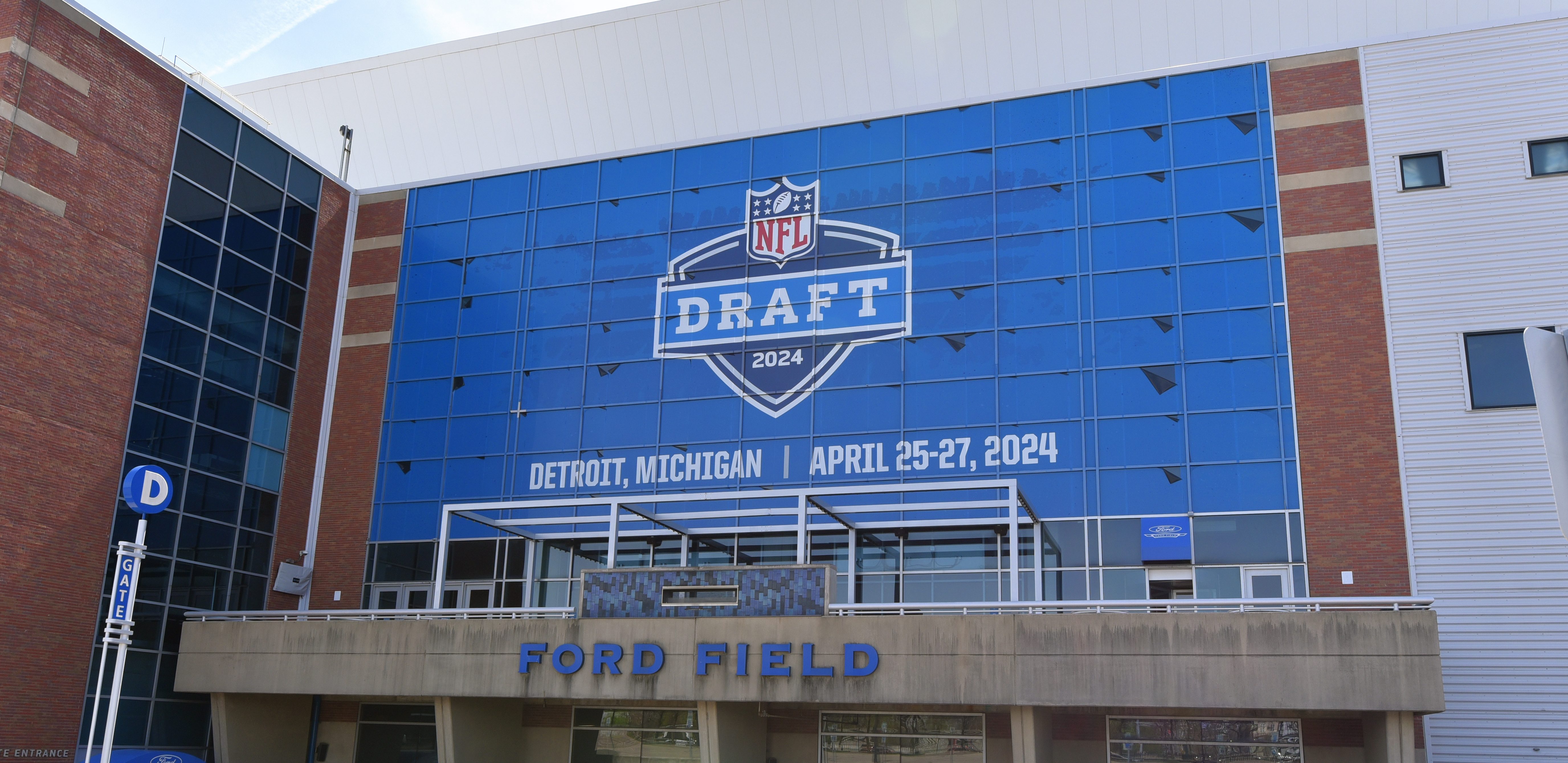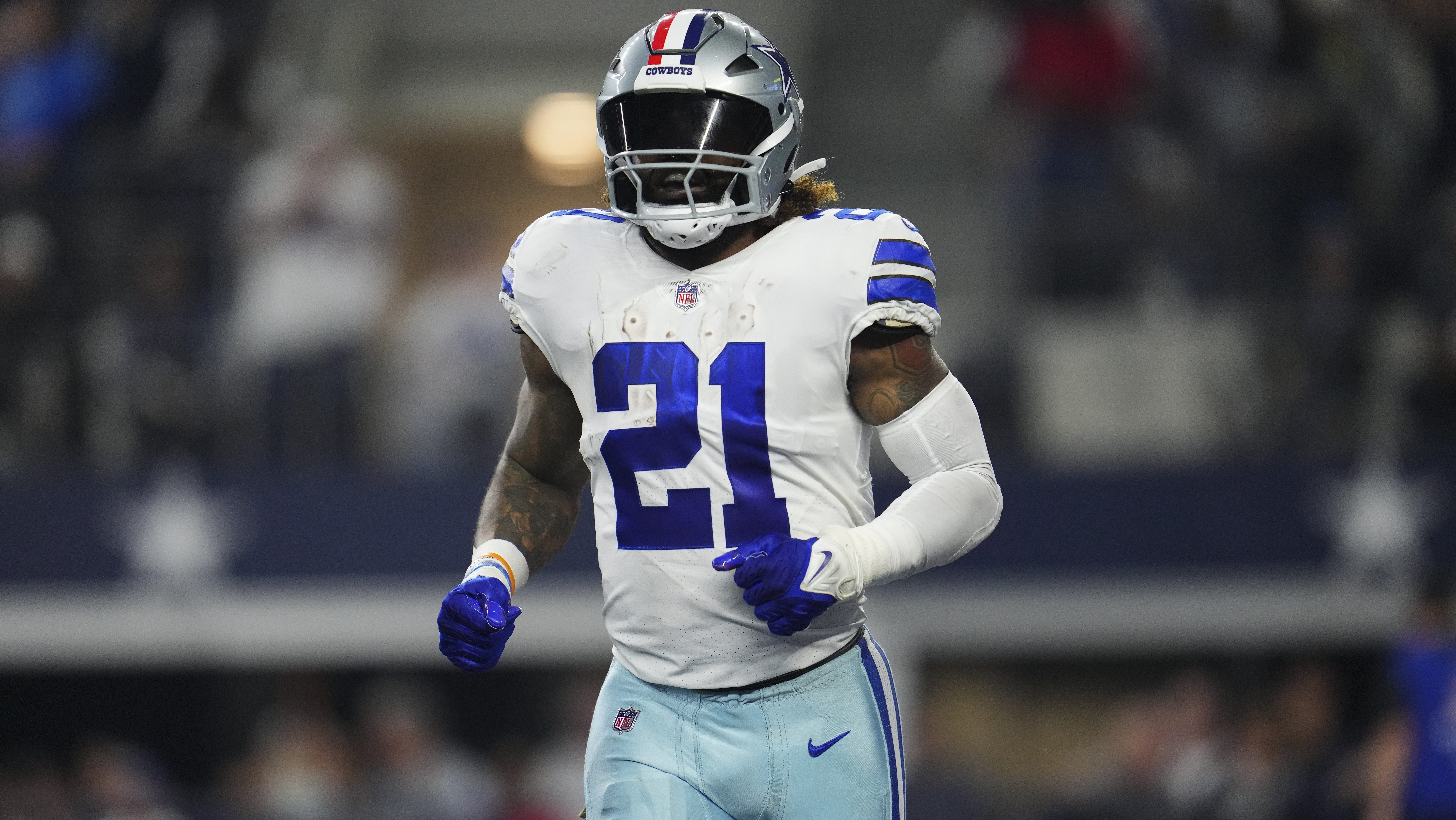
Second of two parts
Looking ahead to training camp and what everyone will be looking at – it will help to have even a cursory idea of the offensive elements that coach Matt Nagy is incorporating, particularly in the passing game -- because the when, where and how the Bears will be throwing the football is changing. NBC Sports Chicago focuses on a selection of specifics and their origins within that part of the offense that fans will notice, first in Bourbonnais and then in the 2018 season.
Bill Walsh wrote and always insisted that the tight end was the least understood central pillar in his offense. He viewed and used the tight end as a receiver rather than simply an extra offensive lineman, and used the position to exploit matchup problems and open areas of the field created by design.
Stay in the game with the latest updates on your beloved Chicago sports teams! Sign up here for our All Access Daily newsletter.
In a bit of fortuitous timing, the Bears signed and drafted tight ends (Adam Shaheen, Dion Sims) a year in advance of Matt Nagy’s arrival. But how those tight ends project to be used will be substantially changed from their functions last year. The best indication came this offseason when yet another tight end was brought in, one that signaled a critical direction change coming to the Chicago offense.
The Bears invested heavily to land smallish ex-Philadelphia tight end Trey Burton this offseason. He fits a Nagy template.
“He understands this offense and what to do, so there’s not a lot of mistakes,” Nagy said. “When guys see that you’re a player that has experience in this offense and does things the right way, they really gravitate towards that style of leadership. It’s been everything and more with what we thought with Trey.”
In eight of the last nine years Nagy was with Reid, the tight end (Brent Celek in Philadelphia, Travis Kelce in Kansas City) was either the leading or second-leading receiver on the roster.
NFL
In the last 37 years, since Emery Moorehead (No. 2, 1985), the Bears have been led in receptions by a tight end just once (Greg Olsen, 2009) or had a tight end No. 2 in catches just three other times (Olsen, 2008, Martellus Bennett 2014-15).
Receiver additions Taylor Gabriel and Allen Robinson notwithstanding, the role of the tight end in a Bears offense is about to change. Dramatically. And it started literally before Nagy even arrived in Chicago.
“Our first conversation when [Nagy and Pace] were on the plane heading to Chicago the day that I was hired, we discussed that ‘U’ position, the position that we know in Kansas City and we use in Kansas City as kind of the wide receiver/tight end,” Nagy said. “And you play the slot position you can move around, do different things — it’s what we did with Kelce.”
New meaning for “timing” in pass game
Trubisky’s mobility creates a greater threat in action passes and within run-pass options, if only because Trubisky can and will take off with purpose, even as Nagy, Helfrich and QB coach Dave Ragone drill one phrase into the quarterback’s brain: “Get down!”
“We don’t do that all the time but that’s kind of your ‘ball control,’” Nagy said. “There is a mentality that might be a little different in how we’re trying to be aggressive, too. In the classic West Coast there were still times where they were looking to be aggressive and we want that mindset.”
More than that, however, is the threat that play-calling versatility posed by Nagy’s offense. What jumps out is the play-calling balance on first downs:
2017 first downs
Run/pass ratio (%)
Bears Chiefs
59/41 51.1/48.9
Yards per carry
Bears Chiefs
4.1 4.6
Completion %
Bears Chiefs
59.3 68.2
The Chiefs had the advantage of a more accurate quarterback (Alex Smith) than the Bears (Trubisky). Coaches are stressing accuracy along with ball security, and improving Trubisky’s accuracy is axiomatic for success in Nagy’s scheme, which is based on the West Coast foundation of high completion percentage and minimizing risk of negative plays in the passing game.
Notably, in true West Coast tradition, with the Reid/Nagy offenses forcing defenses to spread horizontally the Chiefs rushed for a half-yard more than the Bears on first downs.
More notably perhaps, the Chiefs exploited those higher-percentage positive first-down plays, which meant shorter yardage needs on second downs, with more passing, not less. And when the Chiefs did run, they were just as successful per carry.
2017 second downs
Run/pass ratio (%)
Bears Chiefs
48/52 40.8/59.2
Yards per carry
Bears Chiefs
4.0 4.6
Completion %
Bears Chiefs
62.6 72.7
West Coast systems typically operate with more drag routes, quick slants and square-in’s, requiring receivers to run precise routes and have the ability to create separation quickly as Trubisky sets up quickly and looks to throw on time.
The “on time” component is critical, because it the timing of breaks and routes are connected to footwork – Trubisky’s – in that the ball is expected to be coming out when he hits the third or fifth step of his drop. The quarterback is not going to sit waiting for a receiver to come open, as in some other programs.
“It's a wide open attack and it's a great offense because there are so many options within it,” Trubisky said. “We know our job and it all comes down to execution for us. There are so many options I can't even begin to say where it starts but Coach Nagy has brought in a great plan.
“I think the system fits the players we have. In particular I feel like it really fits my skill set with the RPO's, the quick game, stretching the ball down the field and then with the running backs we have just pounding it inside and continuously trying to establish the run game each and every game. I just feel like we've got a lot of options, can be really dynamic and on top of that how we understand it and how the coaches have taught it to us since day one is just going to allow us to play faster and execute the plays at a higher rate.”


